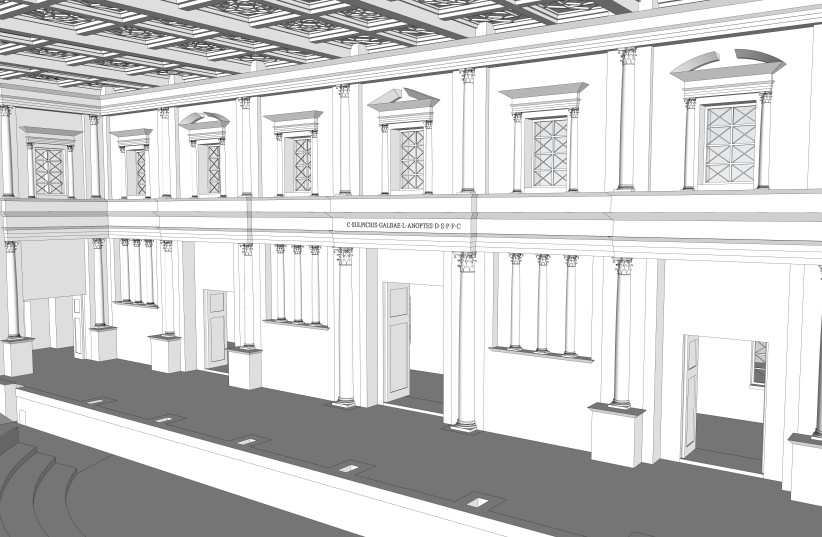These days, it's "my Roman Empire" this and "my Roman Empire" that. But if your niche obsession is the Roman Empire, you're going to be fascinated by the latest discovery archaeologists have made into this ancient society.
A groundbreaking thirteen-year study, led by Dr Alessandro Launaro from the University of Cambridge’s Classics Faculty and published in the edited volume Roman Urbanism in Italy, has unveiled a new chapter in Roman history. The study challenges previous assumptions about the decline of Italy during the 3rd century AD and sheds light on the resilience of Interamna Lirenas, a town in Central Italy traditionally considered a failed backwater.
Contrary to expectations, the peer-reviewed research demonstrates that Interamna Lirenas thrived well into the 3rd century AD, resisting decline for an impressive 900 years. The excavators utilized magnetic and ground-penetrating radar surveys, along with targeted excavations and a detailed analysis of commonware pottery, to reveal the town's unexpected longevity.
Reevaluating an inscription from the nineteenth century, the team confirmed that Interamna Lirenas gained the patronage of Julius Caesar in 46 BC. However, Dr. Launaro contends that the town's sustained success cannot be solely attributed to Caesar's support. The strategic location between a river and a major road, coupled with its role as a regional urban node and thriving trade connections, likely contributed to its enduring prosperity.
The geophysical survey near the River Liri uncovered a large river port dating from the late 1st century BC to the 4th century AD. This port, featuring a warehouse, temple, and bath complex, played a crucial role in facilitating trade between key centers in the region, contributing significantly to the town's success.

A remarkable find was the remains of a roofed theatre, a rare feature in Roman Italy. This theatre, adorned with diverse marbles imported from the central and eastern Mediterranean, served as a major status symbol, showcasing the town's wealth, power, and ambition.
Interamna Lirenas's decline
Despite Italy's general decline, Interamna Lirenas boasted three bath complexes, one featuring a sizable swimming pool surrounded by a portico. Inscriptions revealed the community's commitment to maintaining and improving its infrastructure, even during challenging periods.
The town's housing structure challenged social status norms, with small houses densely interspersed among larger dwellings. The presence of nineteen sizable courtyard buildings suggested that the town served as a significant trade hub, supporting larger centers in the region.
Remarkably, there is no evidence of a violent end to the town. Dr. Launaro proposes that residents likely abandoned Interamna Lirenas due to growing insecurity, strategically vacating the area before the Lombard invasion of the late 6th century AD.
The revised history of Interamna Lirenas has inspired modern residents of Pignataro Interamna, who have embraced the story of reinvention and resilience. Dr. Launaro noted, “This community has been inspired by this story of reinvention and resilience. They’ve even renamed the local café after the Sundial we discovered.” The rediscovery of Interamna Lirenas challenges historical assumptions and offers a hopeful narrative from ancient history.
